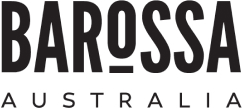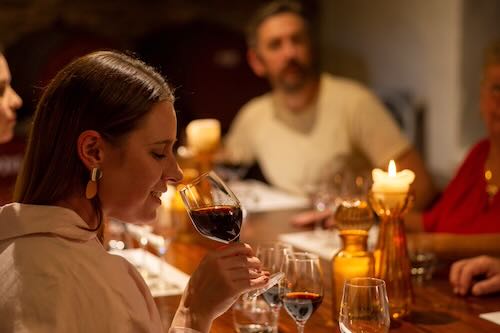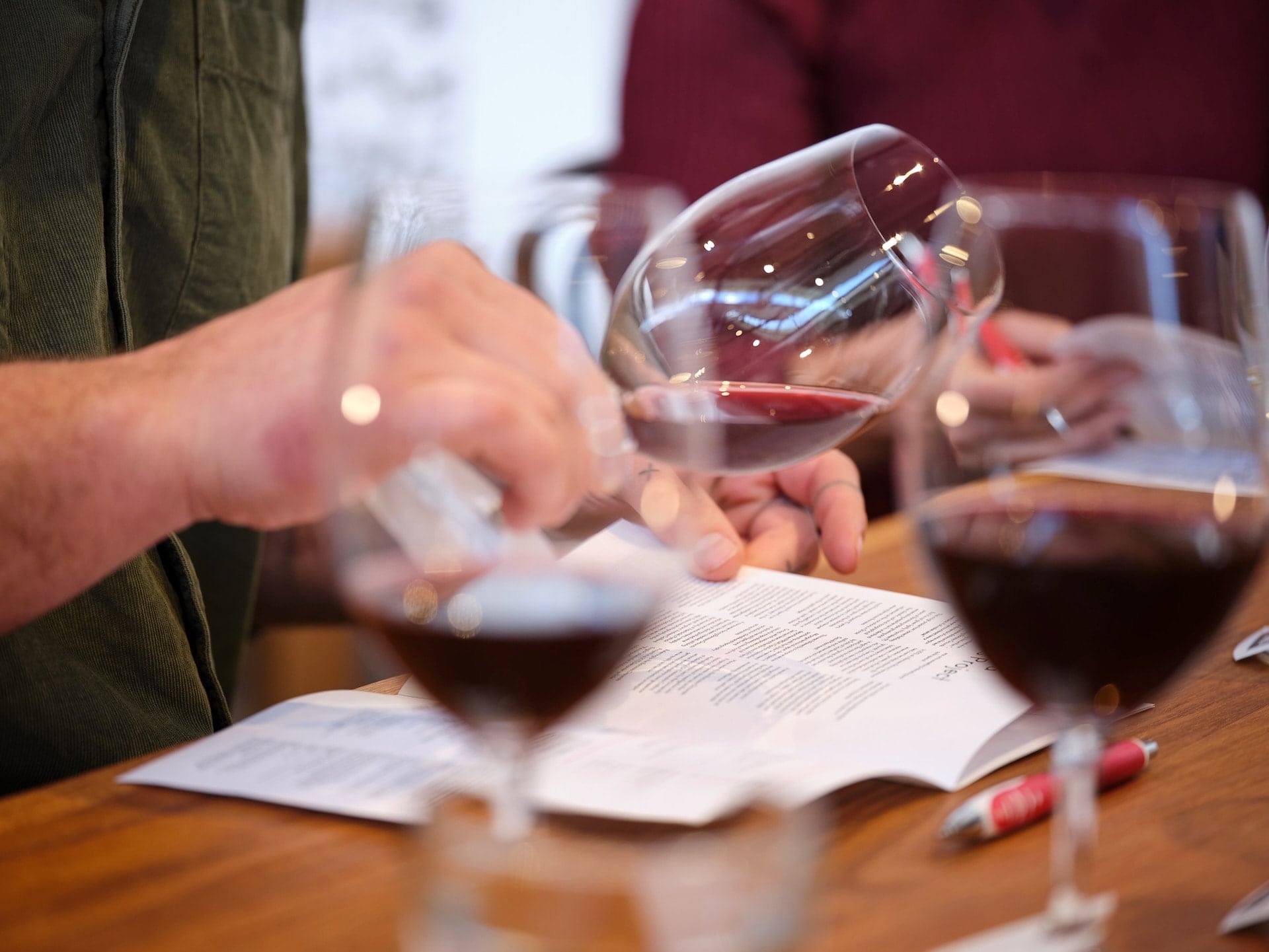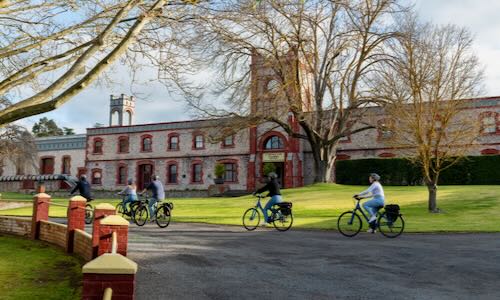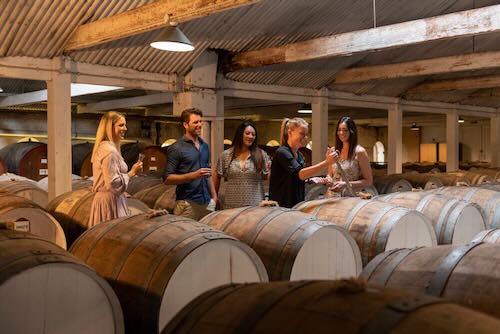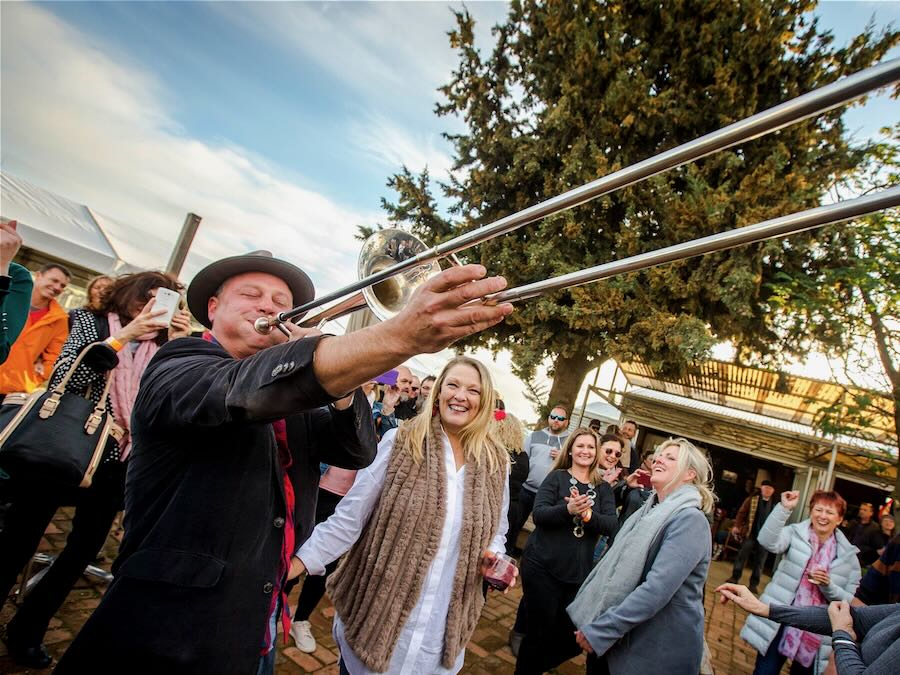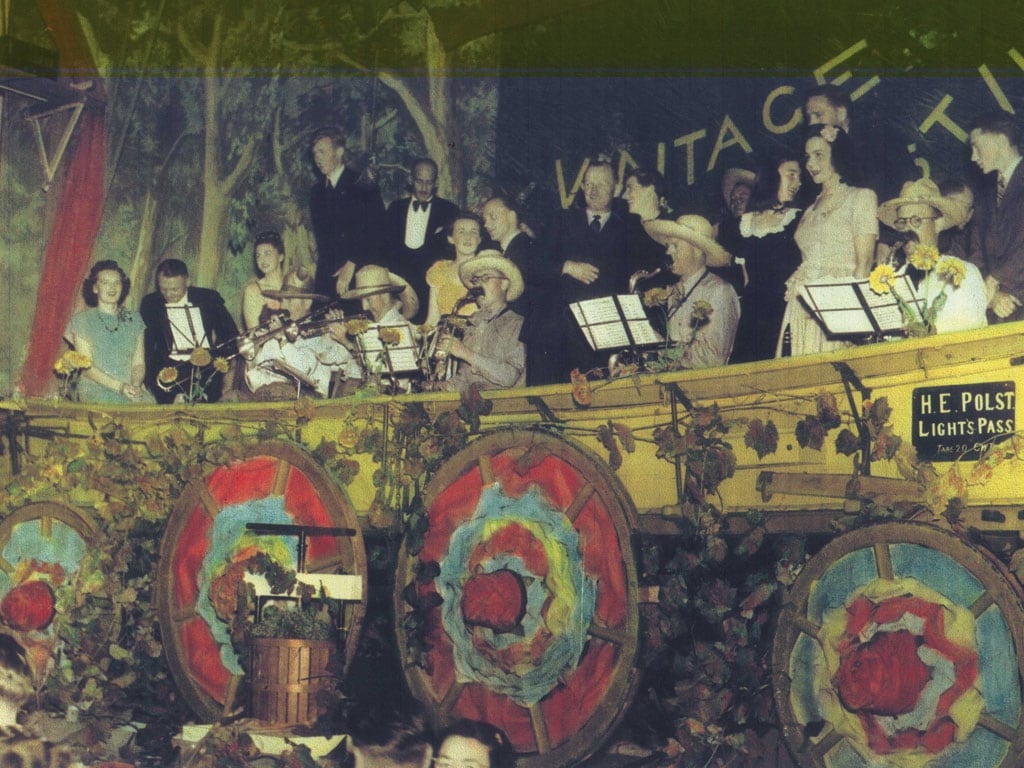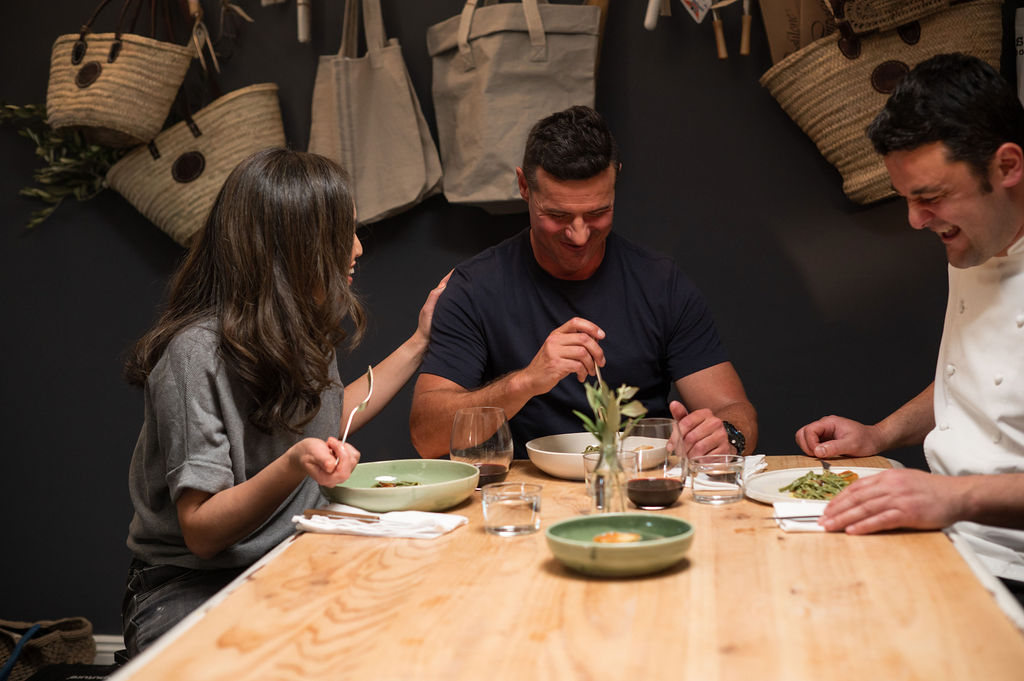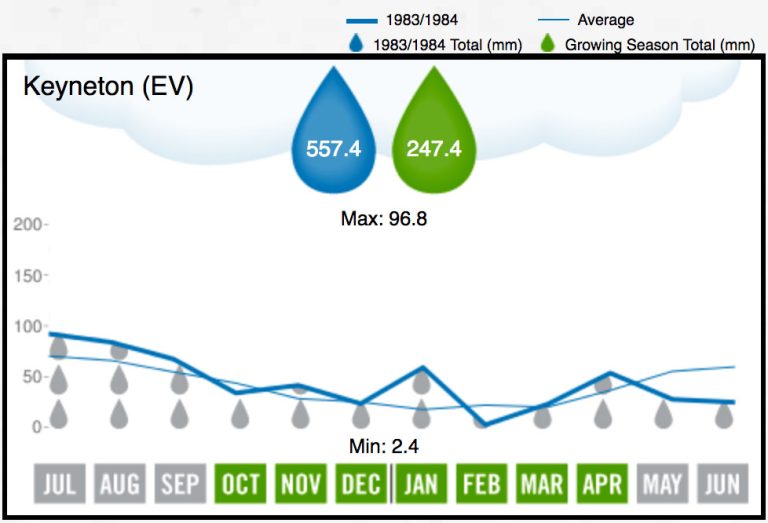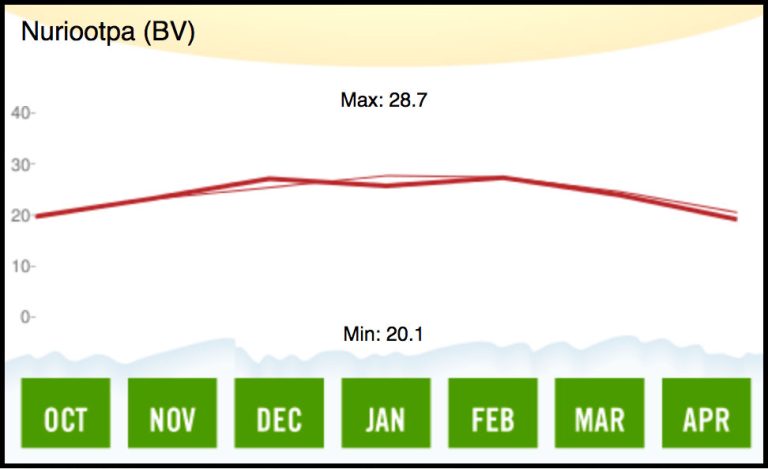Summary
Despite good late winter and spring rains, an ideally cool, dry February and follow-up rains in March and April, the vines did not fully recover from the previous year’s drought. Both reds and whites were of good quality but lacked in weight. Late harvest Semillons and Rieslings were excellent.
In 1984 there were 7,107 hectares of vineyards in Barossa and 46,840 tonnes of wine grapes were crushed .
Highlights
More Chardonnay became available in the Barossa from top grafting but there was declining interest in Ramsey rootstock and increasing demand for a new stock, Schwarzmann.
Grape prices in general continued to decline and in response the Barossa Co-operative winery was formed to take and process growers fruit and sell it as bulk wine. Later in 1984 the Valley Growers Co-op linked with the Consolidated Co-op and became Barossa Valley Estate. The Co-operative bought winemaking equipment and entered into a joint venture agreement with Berri Renmano to utilize their Lauriston facilities at Heaslip Road, Angle Vale. During the early years of Barossa Valley Estate, as well as producing premium bottled wines, the company also pioneered the 3 Litre wine cask.
SA Brewing Holdings acquired B. Seppelt & Sons, Seppeltsfield.
The first use of variable capacity tanks took place at Mountadam winery and the first self-adhesive labels were introduced.
Increasing health consciousness by consumers was reflected in the introduction of de-alcoholised and low-alcohol wines and the phasing out of lead capsules. Asbestos was also removed from wineries, following increased awareness of its risks as a building and insulation material.
Three popular Barossa winemakers, having done their “apprenticeships”, opened their own wineries: Robert O’Callaghan launched Rockford; former Peter Lehmann winemaker Graeme ‘Charlie’ Melton launched Charles Melton Wines specialising in Grenache and Shiraz; and Steve Hoff opened Heritage Wines. All three winemakers asserted the value of old vine Barossa Shiraz by offering payments above market price.
The inaugural Hyatt Wine Award was won by Peter Lehmann’s Cabernet Sauvignon.
Austrade’s Hazel Murphy organised the first visit to Australian wine regions (including the Barossa) by the UK’s Masters of Wine – a major turning point in the way Australian wines were viewed overseas.
Penfolds vintage notes suggested “a further area of about 500ha of vines is likely to be removed during the coming winter in the Barossa, Clare and Angle Vale areas although there are still some small plantings being made in the Eden Valley area.”
Sources
SA Wine Grape Crush Survey, Vinehealth Australia and ‘Barossa Vintages: a wine history from 1842’, Peter Fuller

